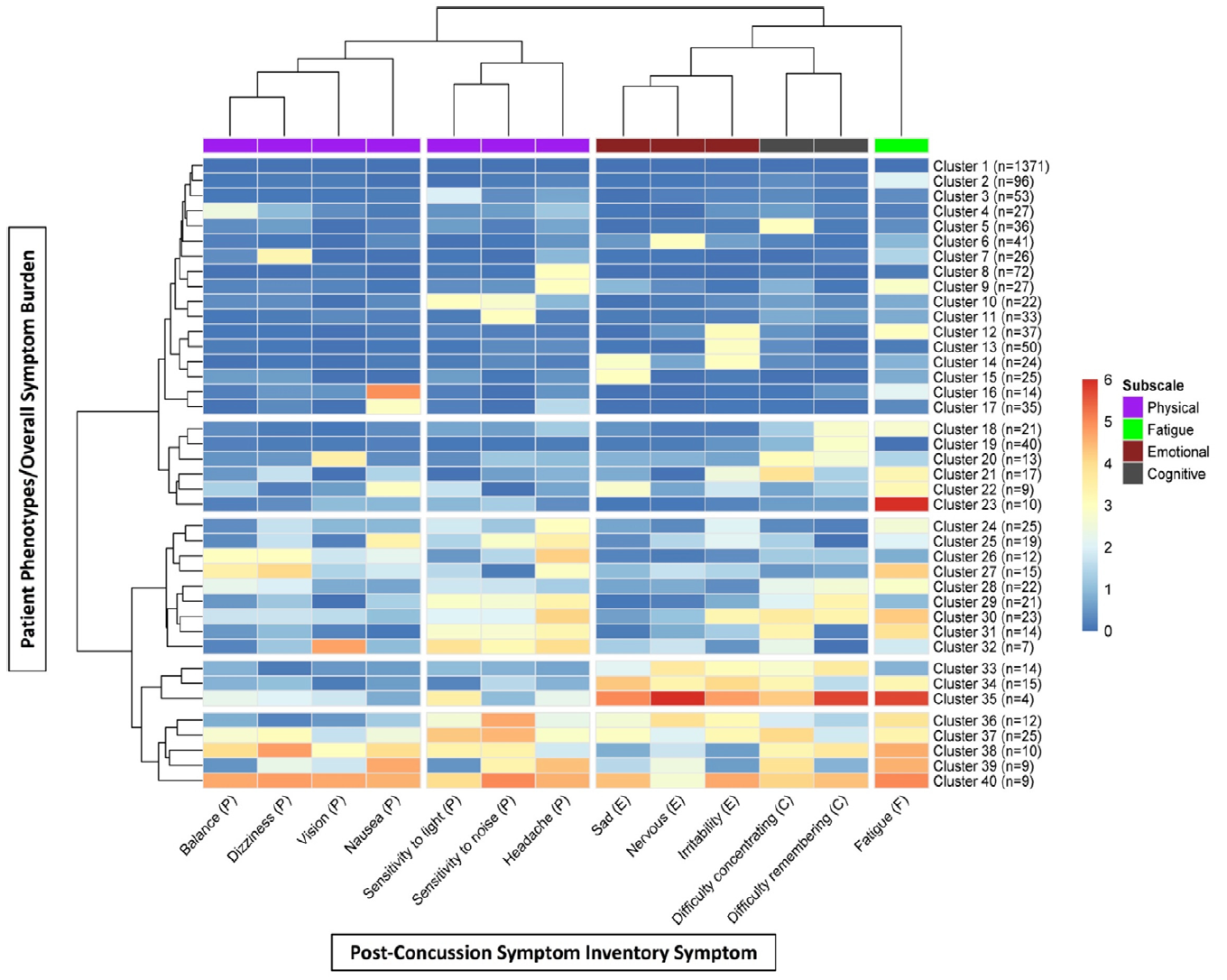Part of the BJSM’s #KnowledgeTranslation blog series
In this blog, we will discuss how we investigated symptom profiles in over 3000 children presenting to the emergency department after sustaining a concussion. We leveraged data from the Pediatric Emergency Research Canada (PERC) Predicting and Preventing Postconcussive Problems in Pediatrics (5P) study to define patterns of post-concussion symptoms (i.e. symptom clusters) and unique types of patterns (i.e. phenotypes).
For the original paper, please follow this link
Why is this study important?
Concussion in children is a major public health concern. While most children will recover within a few weeks of injury, a substantial minority experience symptoms lasting over a month. These symptoms can decrease the overall quality of life by impacting school attendance and extracurricular activities. Treatment of concussion focuses largely on symptomatic care focusing on individual symptoms such as headache or dizziness.
Data from our study will aid in informing clinicians, researchers and health-care systems about the care of children post-concussion. For clinicians, it is important to understand how symptoms travel together after concussion, in order to develop treatment programs that identify and address the entirety of the patients’ symptomatology. For researchers, it is important to account for overlapping symptoms in studies exploring interventions to improve concussion outcomes. And finally, for health-care systems, it is important to design care systems that address all aspects of the post-concussion with a multi-disciplinary approach.
What did the study find?
In the current study, we found that post-concussion symptoms commonly occur together (Table 2 from manuscript). Fatigue and headache were the most common symptoms reported by children 28 days after a concussion and occurred as a concurrent symptom in a high proportion of patients reporting other symptoms. While vision problems were the least commonly reported symptom, they still occurred in nearly a quarter of patients reporting other symptoms.

We also identified six novel phenotypes or types of post-concussion patients by symptom type and severity (Figure 1 from paper). Fatigue, the most commonly reported post-concussion symptom was more closely related to cognitive and emotional symptoms than to physical symptoms. Furthermore, physical symptoms divided into headache and vestibular-ocular clusters of symptoms. Importantly, we found that cognitive and emotional symptoms clustered more closely together than they did with physical symptoms.

What are the key take-home points?
Symptoms in pediatric patients after concussion occur with a defined frequency with other symptoms and their severity defines specific post-concussion phenotypes. These data can inform the assessment and management of patients post-concussion and underscore the importance of comprehensive symptom screening as well as multi-disciplinary treatment approaches for this important public health problem.
Written by the author team of the original paper: L, et al. Paediatric post-concussive symptoms: symptom clusters and clinical phenotypes.